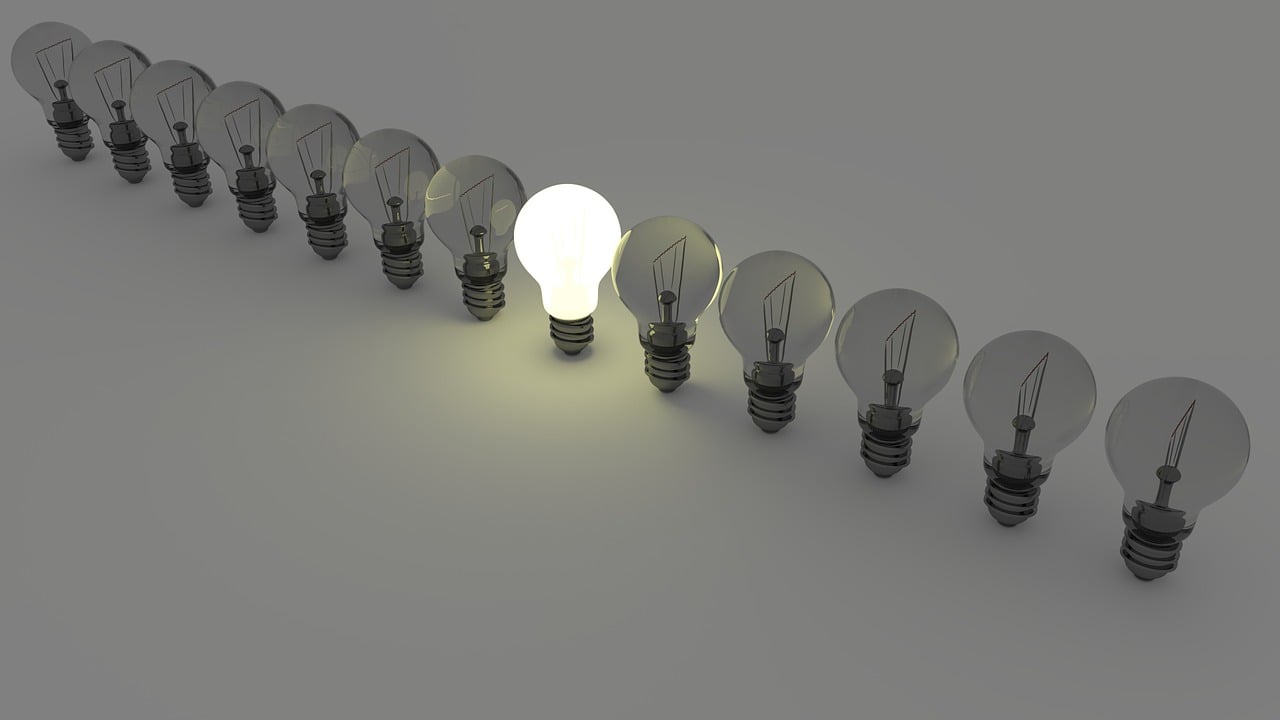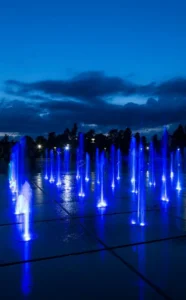- Product Knowledge
Indirect Lighting vs Direct Lighting
Reasonable and artistic lighting design holds the transformative power to enhance the quality of illumination in any space, significantly elevating its overall image and visual appeal. In the realm of lighting design, the distinction between indirect and direct lighting is an essential topic. Let’s delve into distinguishing between indirect and direct lighting, exploring their advantages, and discovering some of the prevailing lighting ideas.
Understanding Indirect Lighting

Indirect lighting, also referred to as reflected lighting, describes the lighting effect where light fixtures do not directly illuminate the intended object but instead reflect light through surfaces such as walls, mirrors, or floors. LED indirect lighting plays a pivotal role in modern interior decoration, extending beyond mere illumination to become a diverse form of decorative art. Ideal indirect lighting mimics the gentle, natural light seeping through a partially open door. In modern interior design, the focus is on creating a comfortable and aesthetically pleasing lighting environment, making indirect lighting an ideal choice to achieve this goal.
Exploring Direct Lighting
Direct lighting serves as the primary means of illumination in a space. It implies that when light emits from the lamp, more than 90% of it directly reaches the surface requiring illumination. This effect is utilized to achieve prominent highlighting, emphasizing focal points and creating a central focus within the space. Direct lighting can function as foundational, functional, focal, or decorative lighting.
Applications of Indirect Lighting
Indirect lighting typically complements other lighting methods rather than serving as the primary light source. Its primary function is decorative, infusing spaces with an artistic ambiance. Whether in commercial establishments, hospitality venues, office settings, or residential dwellings, the utilization of indirect lighting design is pervasive.
- Commercial Spaces: Suitable for ceilings, wall columns, stairs, walkways, and shops.
- Dining Spaces: Works well on ceilings, walls, floors, and bar areas.
- Residential Spaces: Applicable in bedrooms, living rooms, apartments, and hotels.
- Office Spaces: Suitable for entrances, corridors, lobbies, and leisure areas like coffee lounges, providing a relaxing environment for individuals under high work pressure to take a break and change their mood.
Utilizing Direct Lighting
Direct lighting finds its application in areas necessitating general illumination, such as residential dwellings, factories, or large commercial spaces like offices. Areas requiring focused tasks, such as computer workstations, reading nooks, or culinary preparation areas, benefit from direct lighting fixtures. Moreover, for accentuating specific objects like vases, hanging paintings, or artworks, employing direct light sources proves suitable.
Three Elements to Consider for Ideal Indirect Lighting
1. Texture: In certain interior designs, overlooking the material quality of illuminated surfaces may yield subpar lighting outcomes. Opting for rough textures on these surfaces facilitates achieving a desired soft and diffused lighting effect, unlike glossy textures, which may not produce the intended result.
2. Light-blocking: To achieve the desired indirect lighting effect, it’s crucial to recognize the presence of light-blocking elements. When installing lighting fixtures, careful consideration of the light source’s placement is essential. This ensures that the overall effect of light can be maximized to its fullest potential.
3. Interval: The diffusion of light is closely related to gaps or intervals. When there isn’t enough gap, light can be easily affected, resulting in strong contrasts between light and shadow, which may appear unnatural and hinder the desired diffusion of light. The relationship between gaps and light diffusion dictates that the farther the light source is from the illuminated surface, the larger the range of light diffusion. Moreover, this distance often results in more uniform and even lighting.



